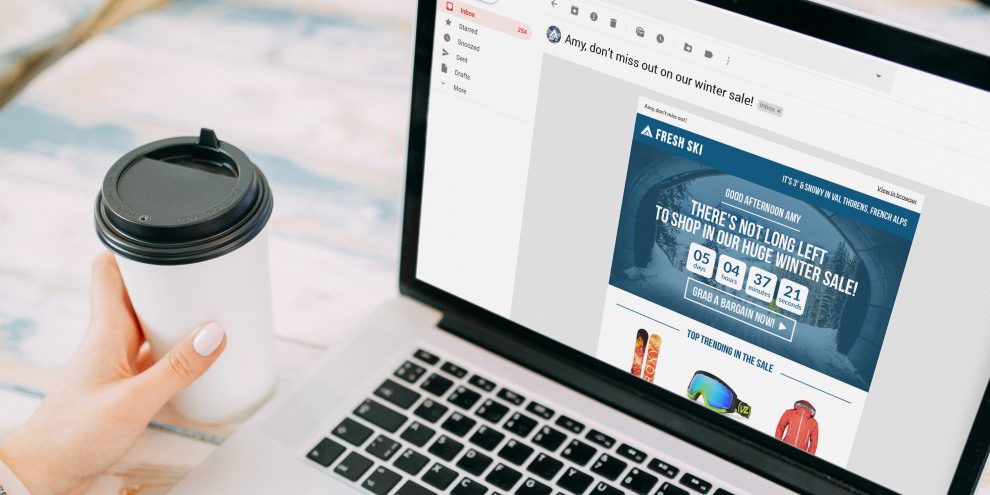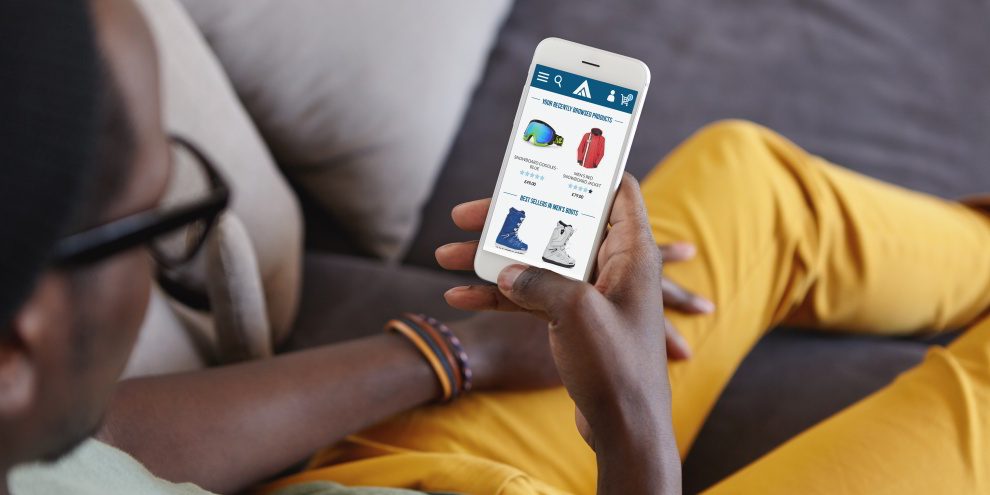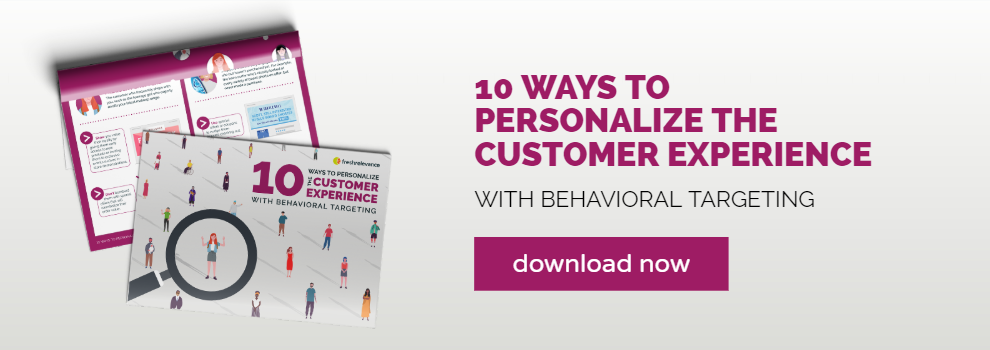The shift to online shopping provides marketers with a wealth of data to drive personalization throughout the customer journey.
Customer data can be used to provide relevant offers, predict customers’ needs, and save them time.
Yet research reveals that many businesses are falling short of their personalization ambitions. And for 27% of marketers, data is the key obstacle.
Often, marketers are drowning in so much data it’s difficult to tune out the noise. For many, the opposite is true: data simply isn’t accessible enough.
Before giving up on personalization efforts, there are a few things marketers can do to get on top of customer data – and start generating revenue.
The key is to go back to basics and expand from there. Here we’ll look at some common-sense ways to leverage first-party customer data across channels.
How to think about customer data
A person’s browsing and purchase behavior tells us a lot about their needs and motivations.
A customer’s actions on your website are a good indication of the product categories they’re interested in, the brands they favor, and the limitations of their budget. Physical stores (especially those in the boutique space) have always known this.

Imagine you’re the sales clerk at a suit store.
As customers walk around, you watch how they behave and try to predict what they need. You see a new customer overwhelmed by choice, and direct them to your most popular items. When a customer has found a suit they like, you present them with suggestions for a matching shirt and tie.
You notice someone balk at the price tag of your finest range, and nudge them towards discounted items. When your most loyal customer walks in, you know exactly their size and the style they’re looking for.
If we can all agree on the most sensible approach for the physical world, why handle it any differently online?
Where to find customers’ behavioral data
Behavioral and transactional information is key to understanding a customer’s preferences and habits. Marketers can glean insights from browsing data, abandoned cart data, purchase data, and more.
Key behavioral indicators include:
- Pages the customer browsed
- Products the customer carted
- Products the customer purchased
- Products the customer returned
- Categories the customer browsed
- Content the customer consumed
- When and how often the customer visits
- The value of products the customer interacted with
For these insights to feed into your marketing, you’ll need a system to collect and coordinate data from as many customer touchpoints as possible – including your eCommerce website, mobile apps, and email provider.
You’re probably wincing at the thought of aggregating all that data. But this doesn’t have to be a big project.
With the right technology, behavioral and product data can be easily exposed to marketing systems with the lightest possible integration.
Recapture lost sales with behavioral data
The most obvious way to leverage customers’ on-site behavior is to send real-time emails.
A customer’s actions – such as abandoning a cart – can be used to trigger an email that encourages them to take the next action.

Cart abandonment alerts are one of the easiest real-time emails to set up. These are triggered when a customer abandons a cart without making a purchase. They’re a quick win for increasing your sales in a short space of time.
Browse abandonment emails are also well worth the effort. For these, your system will need to identify customers across devices, and trigger emails in real time when they abandon a session.
Cart and browse recovery are the most common examples. But once you have a handle on browse data, more advanced behavioral emails are possible.
Back in stock emails reach customers who browsed an out of stock item that’s now been restocked. Price drop emails alert a customer when a product they browsed has dropped in price.
These emails not only recover sales, but boost loyalty by providing customers with a helpful service.
Nurture customers with personalized newsletters
Triggered emails tend to perform well because they treat customers as individuals.
We can apply the same logic to standard promotional emails. Browsing data can be used to customize a specific block of newsletter content, or to send different emails to different customer segments based on their interests.

Browse data can augment, or replace, the traditional segmentation strategies that rely on information the customer has shared with you. This is known as behavioral targeting.
Behavioral targeting helps you pick up on subtle details about customers’ preferences. Perhaps a shopper has identified as a woman, but uses your site to buy clothes for a man in their life. In this case, sending promotional emails highlighting only women’s clothes would be a missed opportunity.
Customize your eCommerce website
Research from Google shows that visitors form an impression of your website within 50 milliseconds. That means you have 0.05 seconds to gain a shopper’s trust and attention.
A shopper is more likely to stay on site when they instantly see products and images that match their interests.
On the homepage, you can welcome new visitors with recommendations for trending products. If first-party cookies are enabled, you can start serving up relevant banners and product recommendations after the shopper has browsed a few pages.
Imagine you’re running the website for a winter sports retailer. You could set a rule so that the homepage banner is influenced by data you hold about the visitor.
If a shopper browsed a lot of ski content in the last two weeks, they’ll see an image of a person skiing. If the customer showed more interested in snowboarding, they’ll see a person snowboarding.
Remember that customers’ preferences are rarely static, and may be influenced by the season. So for this tactic to work well, data needs to be collected and coordinated in real time.
Relevant imagery helps put shoppers in buying mode before they’ve even laid eyes on a product. Which brings us neatly onto the next point: Product recommendations.
Personalize product recommendations
There are clear benefits to basing product recommendations on customer data. Shoppers more easily find what they’re looking for, reducing the stress of the shopping experience. And shoppers who enjoy a pleasant experience are more likely to convert and stay loyal.

There are plenty of ways to mix and match product recommendations, depending on your business needs.
AI-based product recommendations use anonymized data to recommend products that a customer is likely to be interested in, based on what similar customers bought.
Some recommendation engines use crowd sourced purchase data to recommend the most popular products in a shopper’s favorite category.
But you can also target products very specifically to the individual customer. For instance, by recommending products that they’ve frequently browsed but not yet purchased.
In many cases, a mixture of these approaches is the best way to capture more sales.
Start increasing loyalty & revenue
With all the data out there, personalization can seem like an overwhelming task.
But access to real-time browse and purchase data makes it easy to build a more personal experience for customers.
For more advanced personalization examples, check out our dedicated ebook.







